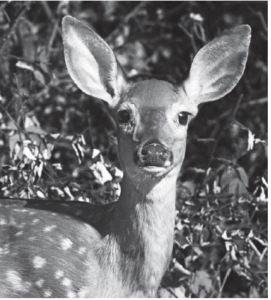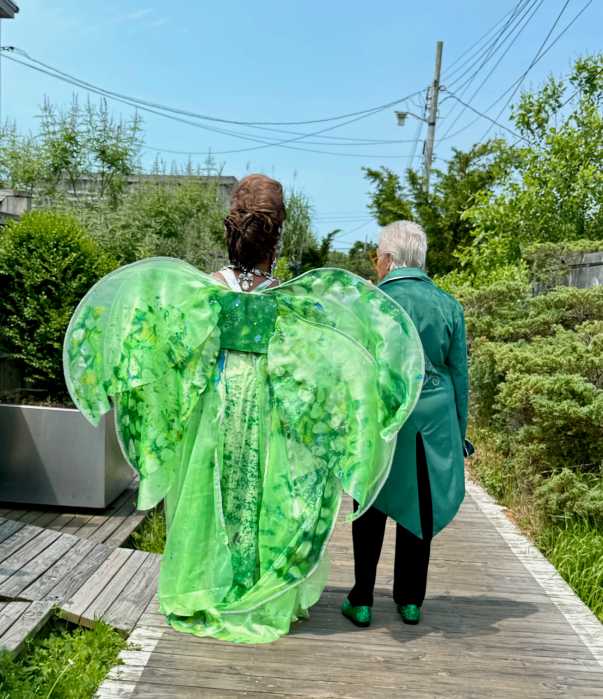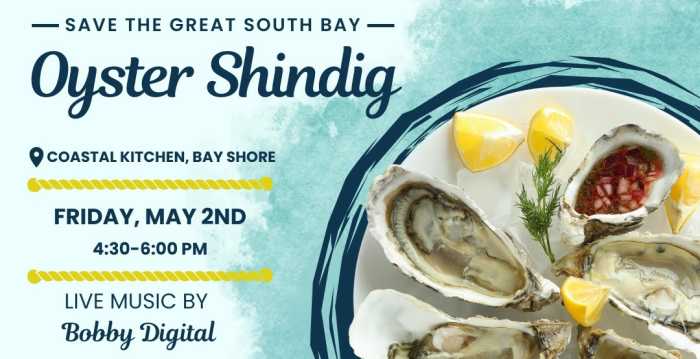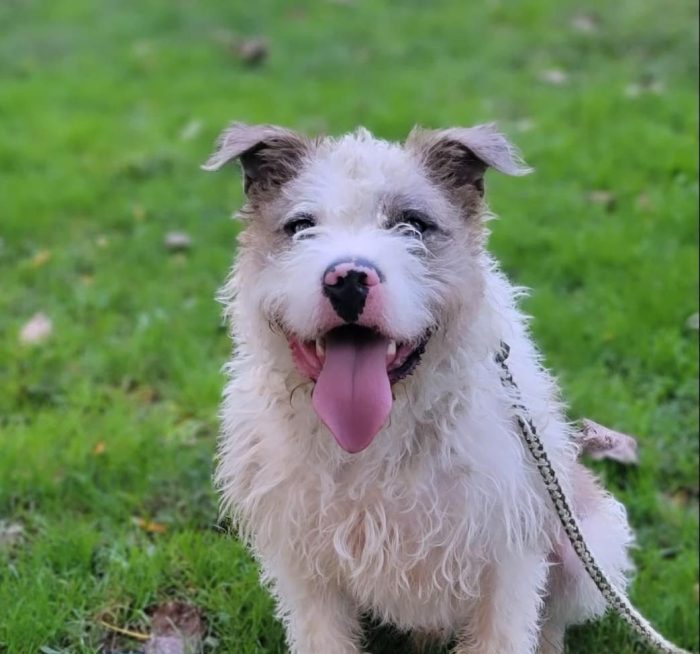This is an opinion piece written by a reader-contributor, and not necessarily the opinions of Fire Island News.
With the April 2016 signing of the Record of Decision (ROD) for the Fire Island National Seashore White-tailed Deer Management Plan and Environmental Impact Statement, the Fire Island National Seashore (FINS) authorized the killing of island deer during six months of every year.
FINS’ Plan calls for:
• HUNTERS killing deer with firearms and crossbows in the wilderness area (ROD Page 22)
• SHARPSHOOTERS killing deer at night in the glare of spotlights with high-power rifles, waiting in tree stands for deer that have been baited with corn to come to browse (ROD Pages 20 and 21)
• SHARPSHOOTERS killing deer from high-clearance government vehicles traveling on our trails and roads (ROD Page 21)
• The killing of friendly deer by means of CAPTURE and EUTHANASIA (ROD Pages 5 and 21)

While each one of those violent management operations is appalling, that last one has been the most scathingly condemned, since it is so particularly detestable. According to the Plan, approximately 15 percent of the total number of deer killed every year will be the friendly deer – i.e. those that have no fear of humans and have come to trust us. Killing the gentle creatures that make Fire Island an enchanting place where children (et al.) can have meaningful wildlife experiences would alter the perception of our tranquil island forever.
Contrast these present circumstances with the not-distant past when residents were so committed to humane deer management that they initiated a highly successful contraceptive project during which free-roaming female deer were remotely darted with PZP vaccine. This pioneering program was introduced to Fire Island by Marija Beqaj of Saltaire and Loretta Li of Fair Harbor in the early 1990s and for more than 10 years it was highly effective in reducing the deer population. Residents in the communities worked “in the field,” in collaboration with The Humane Society of the United States, and made Fire Island a national model for humane wildlife management. This generated the kind of positive PR that many resort/tourist communities dream of. Regrettably, after the baton was passed to FINS to continue this successful program, FINS abandoned it (more on that below).
But back to FINS’ current Deer Management Plan. For at least a year after the unveiling in 2014 of the Draft version, the public did not fully grasp FINS’ intention to resume all-out lethal management. And no wonder – it has been challenging to navigate the over 1,000 pages of redundant bureaucratic jargon that comprise FINS’ Draft Plan, followed by their Final Plan, and then finally, by the ROD. Compounding the written confusion, FINS’ public statements and answers to questions were made in careful language designed to lull and deflect, rather than adequately inform us. But after finally wading through the unnecessarily complex and deliberately misleading Draft Plan, an alarmed public responded with letter-writing, a mid-winter rally at FINS headquarters in Patchogue, newspaper articles, and 10,000 petition signatures.
Despite all this opposition, FINS made no meaningful changes whatsoever to their thoroughly offensive Plan – not even with regard to killing friendly deer when they step, even momentarily, outside the community boundary line.
FINS has made a clear choice of lethal deer management over humane alternatives. They have chosen to annually kill deer in ever-growing numbers, since wildlife biologists will tell you that sport hunting stimulates reproduction in those animals that manage to survive (giving hunters more to hunt the following year, and so that unspoken hunter-appeasing fact is what seems to have been the real driving force behind FINS’ 2016 Deer Management Plan, say whatever they may to the contrary). FINS’ choice is especially tragic because they were handed a cutting-edge fertility project and had the opportunity to further this work for the benefit of mankind now struggling to co-exist with burgeoning wildlife populations throughout the world. They squandered that opportunity.
Fire Islanders have, historically, been stubbornly protective of their sandy barrier island and the creatures that inhabit it. A hunt that FINS scheduled during the winter of 1988-89 was strongly opposed by Fire Island residents who were legally represented by the late Jolene Marion of Legal Action for Animals, and Esther Dukes, who worked with her. While the plaintiffs were unsuccessful in securing an injunction in the initial attempt, after many subsequent filings and appeals in federal court, in November 1992 FINS’ then-Superintendent Noel Pachta suddenly cut the hunt short of its announced duration and indicated that killing deer would be discontinued on Fire Island because deer sampling showed the population did not need to be further reduced. Shortly after that, the contraception project created and carried on by residents was launched and peace reigned in the land until now.
However, there is still cause for hope. Organized resistance to the current Plan has been forming. The Fire Island Wildlife Foundation (FIWF) approached several animal organizations including New Jersey- based Wildlife Preserves, Inc., which 50 years ago not only donated parcels of ancient wooded land to the National Park Service, but had a formative role in shaping the Sunken Forest. Wildlife Preserves has notified NPS/FINS of its formal objection to the 2016 Deer Management Plan on several grounds, including FINS’ flagrant disregard of Deed Restrictions that were a condition of the property’s donation in order to forever protect Fire Island’s precious Sunken Forest and all of its resident wildlife.
So here’s hoping a deepening and expanding RESISTANCE will cause FINS to abandon their dreadful 2016 Deer Management Plan, allowing them to become what they are meant to be: not killers, but stewards of wildlife.
Contributions may be made to the FIWF, a 501(c)3: c/o Bradlee White, Treasurer, Fire Island Wildlife Foundation, P.O. Box 5324, Bay Shore, NY 11706.
Pat Hackett is the editor of THE ANDY WARHOL DIARIES and was one of Warhol’s closest confidantes: she co-authored several books with him and was intimately involved in his film making and magazine publishing enterprises. She serves on the board of the Fire Island Wildlife Foundation and devotes much of her time to animal welfare issues.


























